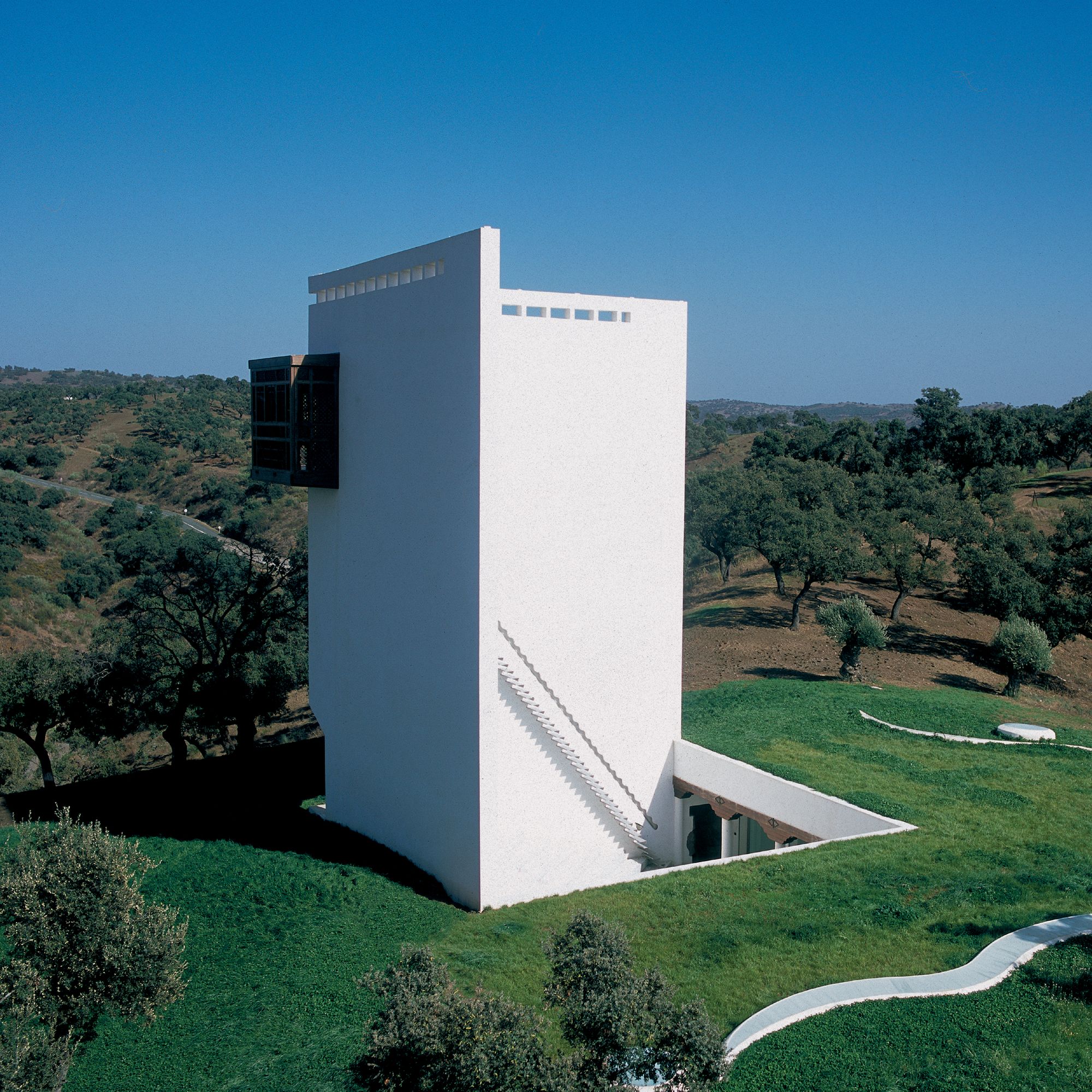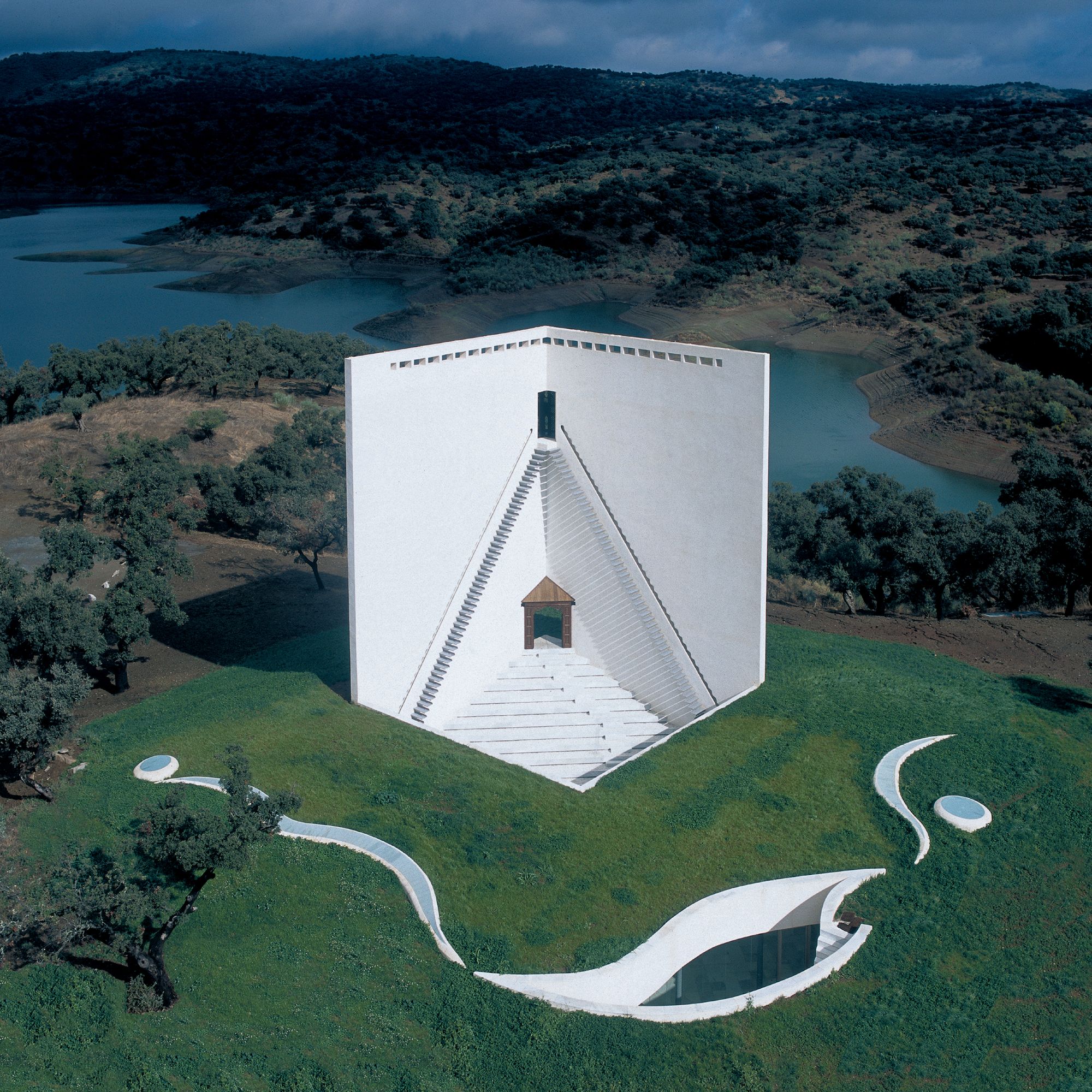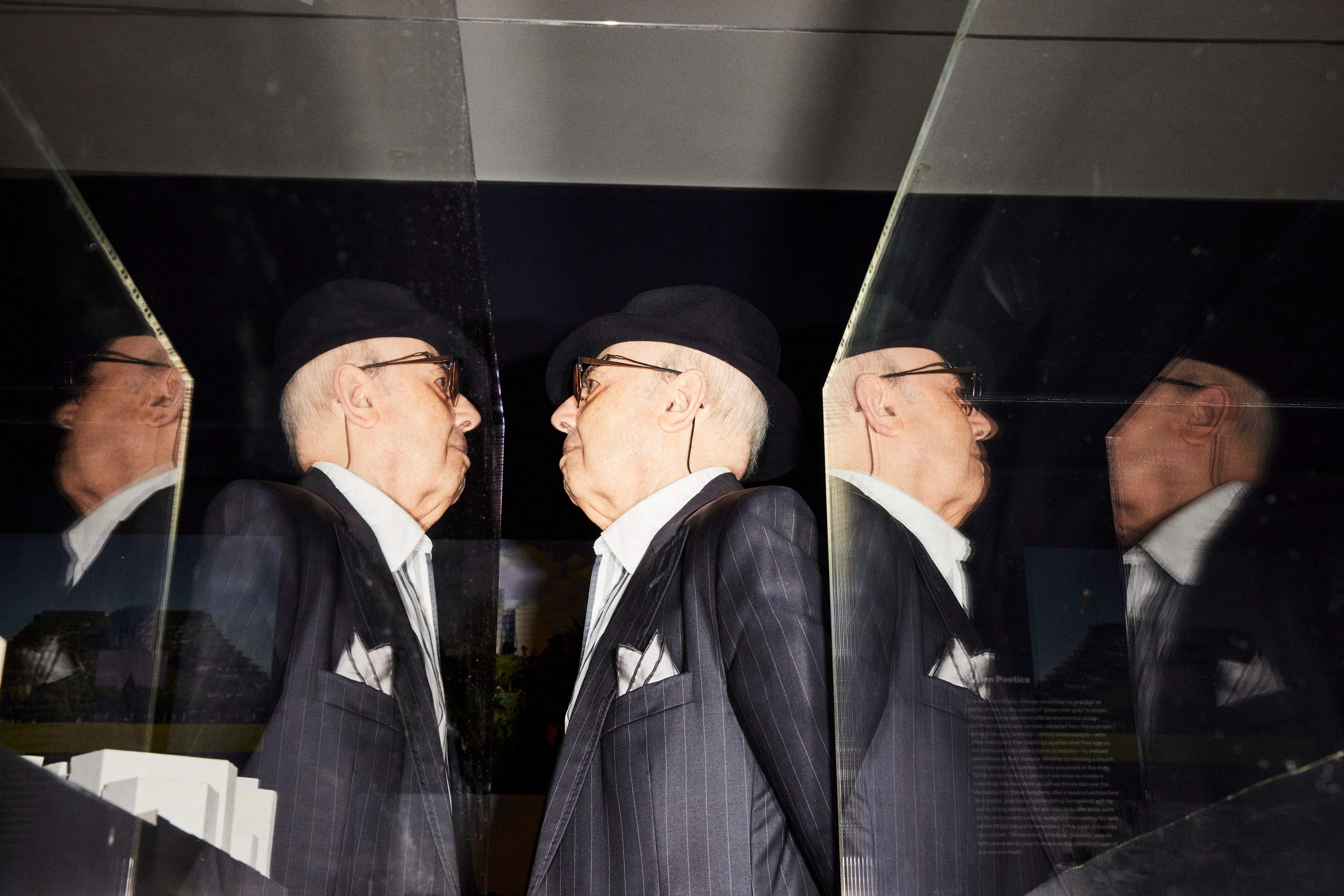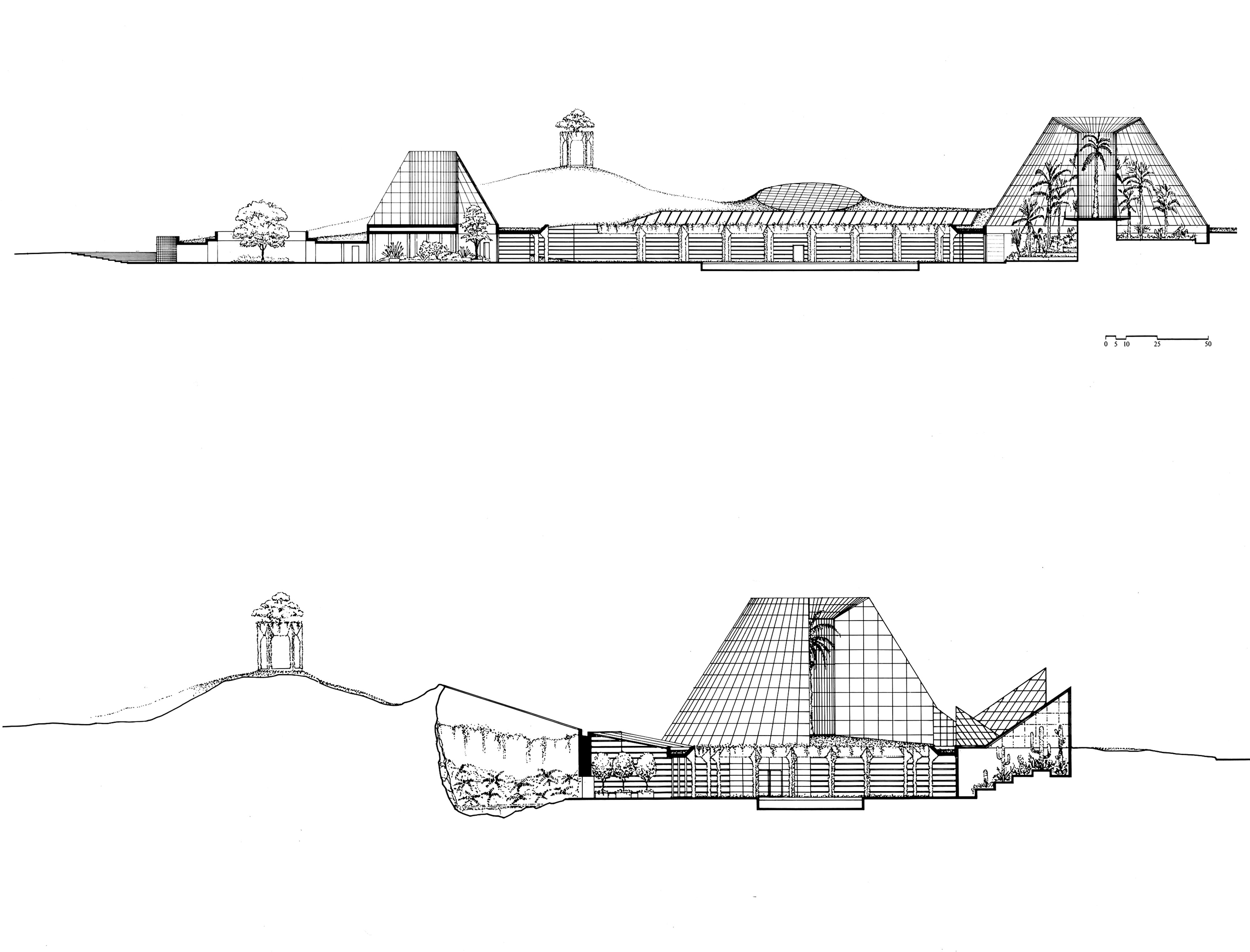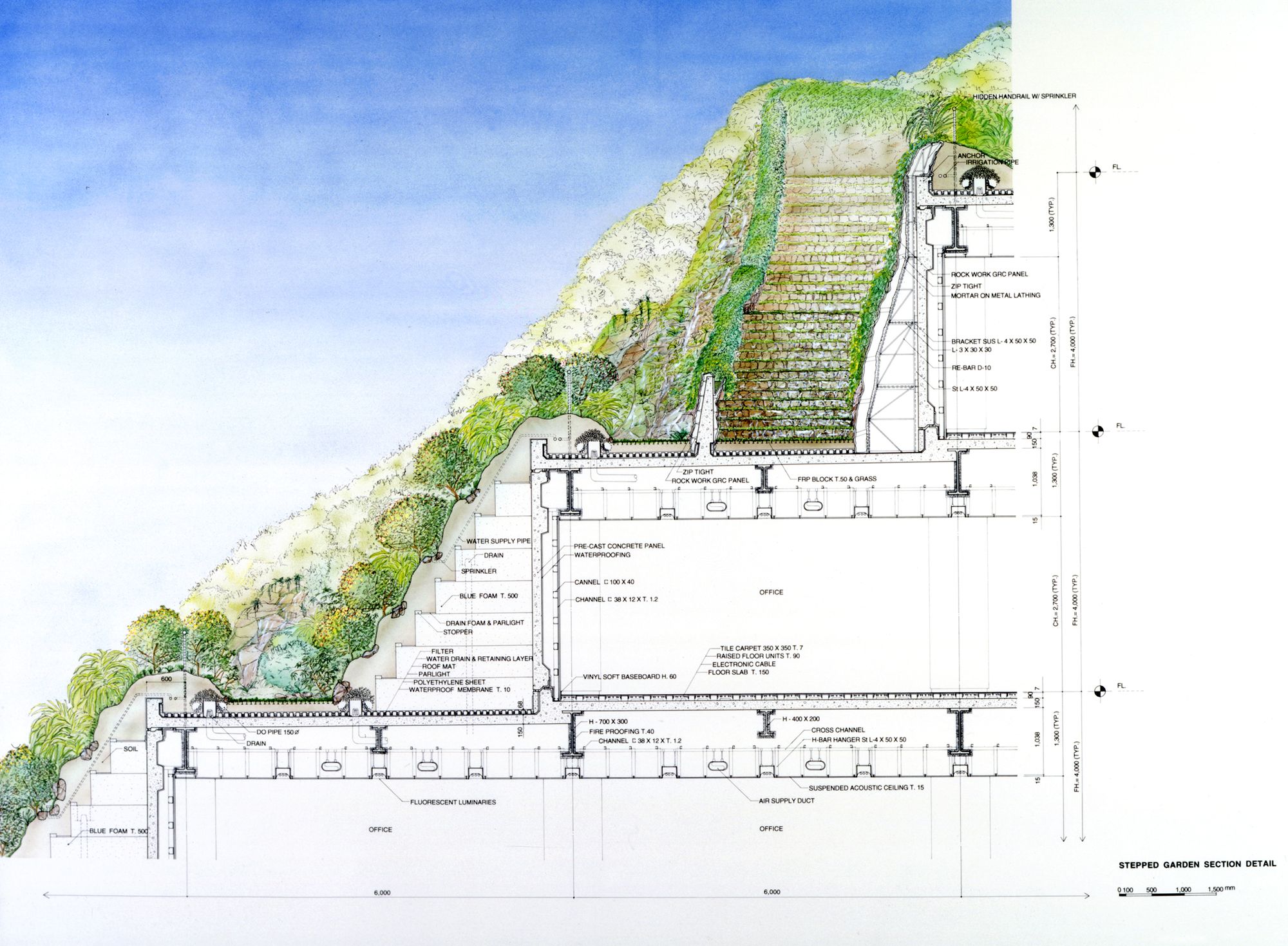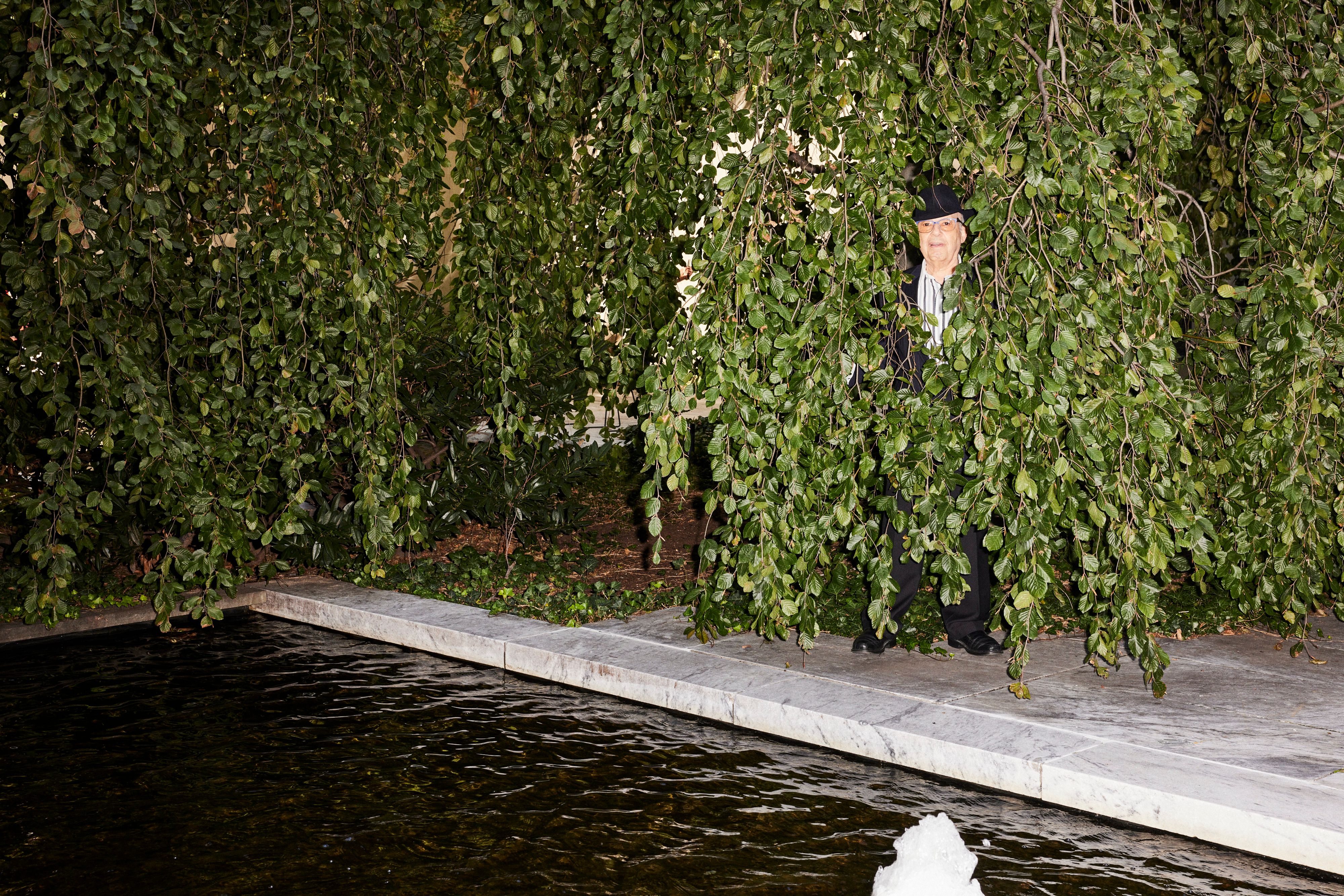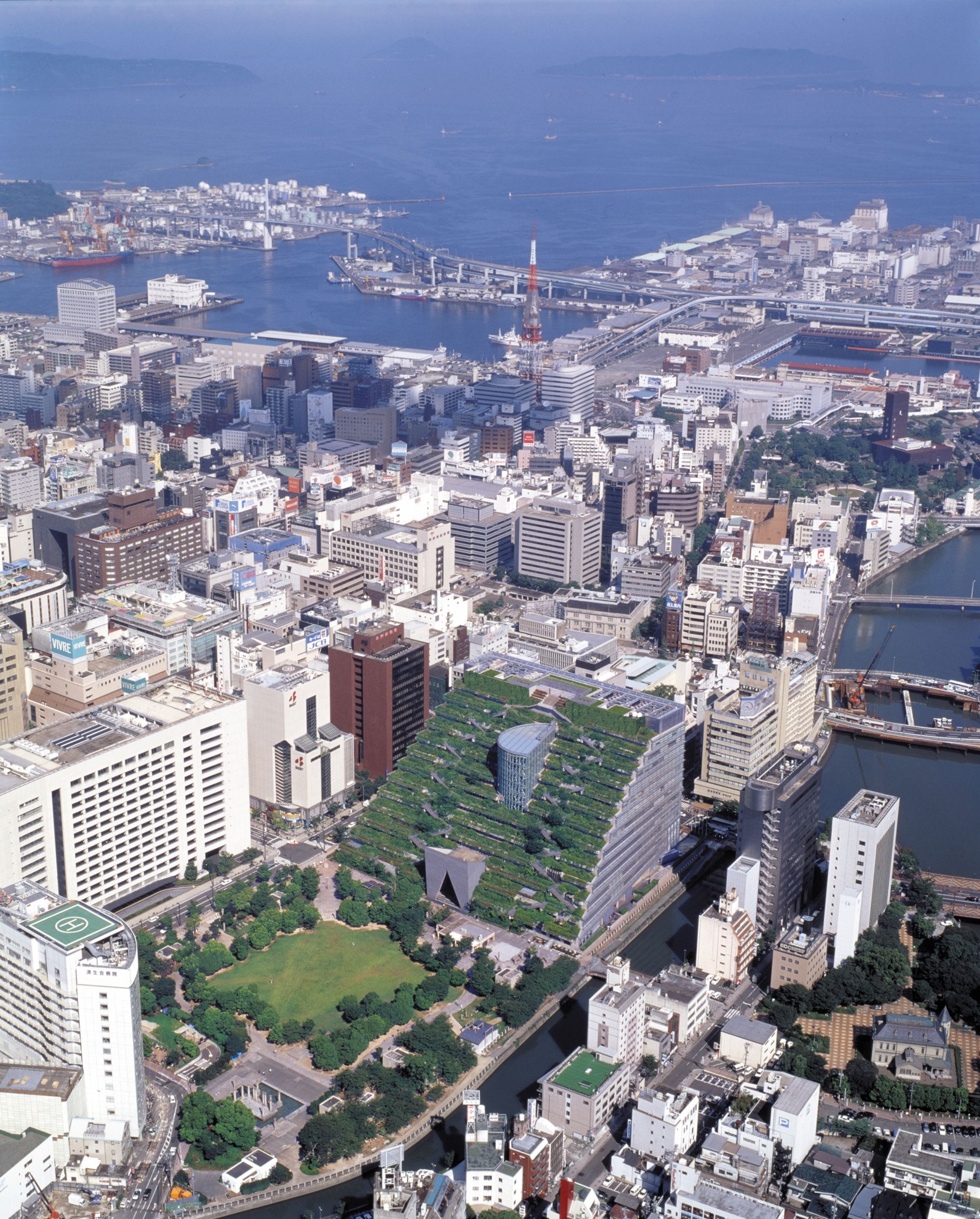I’d like to shift gears to discuss Luis Barragán. You were instrumental in introducing his work to an American audience thanks to a show you curated at MoMA in 1976. Later, you advocated for him to receive the first Pritzker Prize in 1979. What was he like?
Barragán never said anything he hadn’t thought out and repeated at least 20,000 times. He was very controlled.
How old was he then?
Over 70. He already had Parkinson’s. The Pritzkers wanted the prize to go to somebody more well-known, so they gave it to Philip Johnson. But the second year it went to Barragán. I remember sitting next to him at the dinner when his award was presented; he was annoyed and said, “Oh, great, it arrives now when my condition is visible.” He was, of course, under a considerable amount of self-control. He didn’t want reality to betray the particular image he presented. I suspect he was gay, and that was unacceptable in Mexico in those years.
It’s not like homosexuality was much more tolerated in America during that time, especially for architects.
I guess so, Philip didn’t hide it, but of course he was protected by his considerable fortune and savoir-faire. I used to see him regularly because he was the chairman of the Department of Architecture and Design at MoMA when I was a curator there. He once told me, “Emilio, to be a keen architect you need ten percent talent, 90 percent character.” And I said, “You, Phillip, have 95 percent.” He laughed. He was a masochist. He liked it if you hit him, provided it was done discreetly.
Wow, hot gossip.
When Barry Bergdoll was a graduate student, I hired him to research the British architect John Soane. I turned the research into a book and I gave the only copy to Philip at the Four Seasons. As you may know, he had a permanent table there. My inscription said, “John Soane: first-rate architect, second-rate collector. Johnson: first-rate collector.” He rolled on the floor with laughter.
I could listen to you discussing these legends all day, but you’re the legend I’m here to learn about. Last time we spoke, you told me something that resonated deeply: that you believe in prototypes over stereotypes. What do you mean about that?
An artist, when he creates something, if he’s a real artist, creates a prototype. Proto means primitive, something that is not understandable or has no place yet in language. The language has to be derived from the prototype. In time, that prototype, or that which is an image, is understood. Once it is understood and absorbed into the culture, it becomes a type. So, the architect working as an architect, as a professional architect, is operating within the domain of the type. A good architect like Skidmore, Owings & Merrill will work within the type of domain. In time, that type becomes so incorporated into the culture and overused that it becomes a stereotype.
Is that why, when you created the Emilio Ambasz Institute at MoMA, one of the core missions was to support experimentation?
Why did I create the institute? It’s very simple. MoMA has been the champion of Modernism for 75 years, and has therefore exhausted its intellectual capital. I wanted that to be renewed. I thought that the only way to restore it was to try to establish a just reconciliation of architecture with nature. Of course, justice is a figment of the mind. As I said earlier, I felt that it was necessary to find a way of conceiving architecture as one intrinsic component of the nature that humans created.
The institute is now almost two years old. How is it going?
That is not something I interfere with. You should ask its director, Carson Chan.
